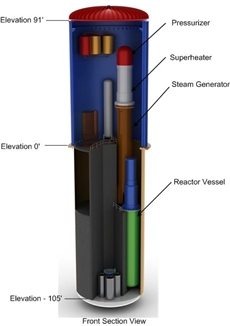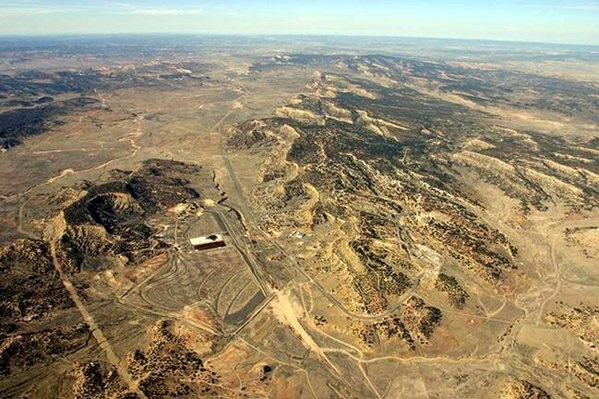Geiger Readings for Feb 23, 2019
Ambient office = 158 nanosieverts per hour
Ambient outside = 101 nanosieverts per hour
Soil exposed to rain water = 99 nanosieverts per hour
Ambient office = 158 nanosieverts per hour
Ambient outside = 101 nanosieverts per hour
Soil exposed to rain water = 99 nanosieverts per hour
I have blogged before about the importance of the molybdenum-99 radioisotope. This radioisotope is used to produce technetium-99m for about four fifths of nuclear imaging procedures for disease diagnosis. Mo-99 is produced primarily in research reactors and, since it has a half life of sixty-six hours, it cannot be stockpiled.
Ambient office = 81 nanosieverts per hour
Ambient outside = 87 nanosieverts per hour
Soil exposed to rain water = 87 nanosieverts per hour
Red bell pepper from Central Market = 72 nanosieverts per hour
Tap water = 81 nanosieverts per hour

There is a great deal of interest today in what are called small modular reactors (SMR) in the nuclear industry. A small modular reactor is defined as a nuclear fission reactor that produces three hundred million watts of electricity or less. It is hoped that manufacture of these SMRs in factories will improve safety and lower costs.
Ambient office = 60 nanosieverts per hour
Ambient outside = 77 nanosieverts per hour
Soil exposed to rain water = 83 nanosieverts per hour

Problems with mining uranium do not get much coverage in the media. However, they pose a very serious threat to the environment both during the mining operation and for decades after the mine has been shut down.
Ambient office = 76 nanosieverts per hour
Ambient outside = 136 nanosieverts per hour
Soil exposed to rain water = 140 nanosieverts per hour